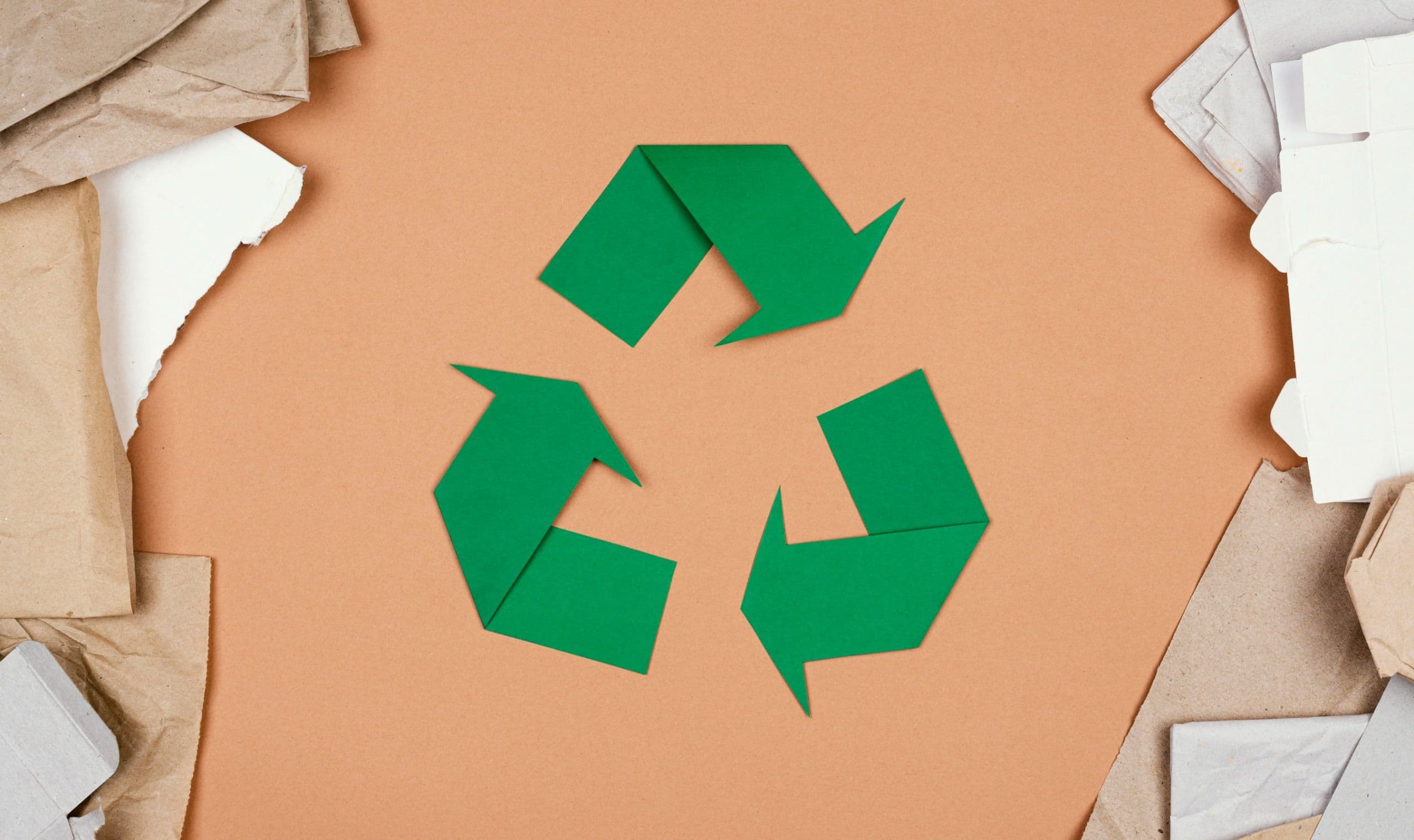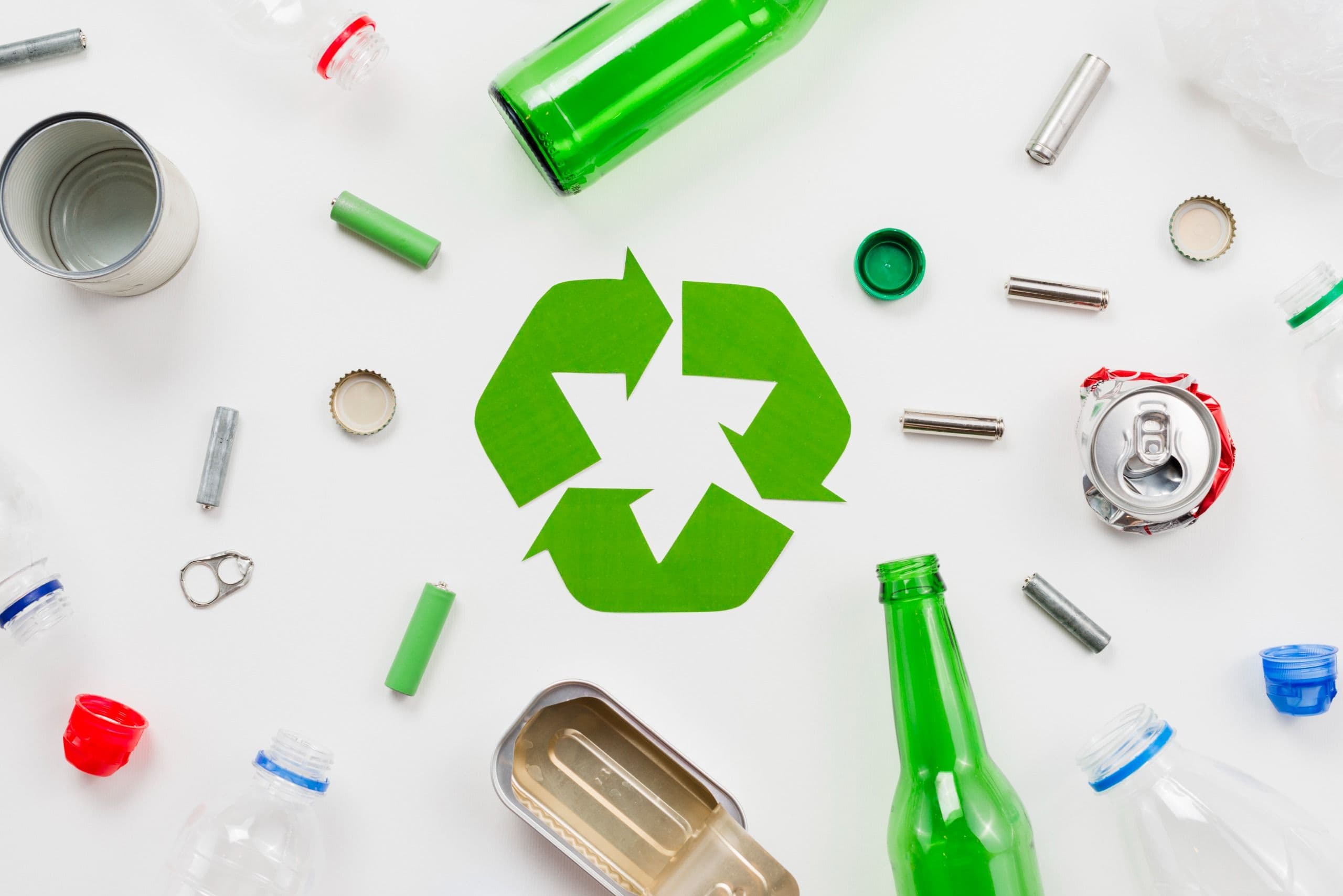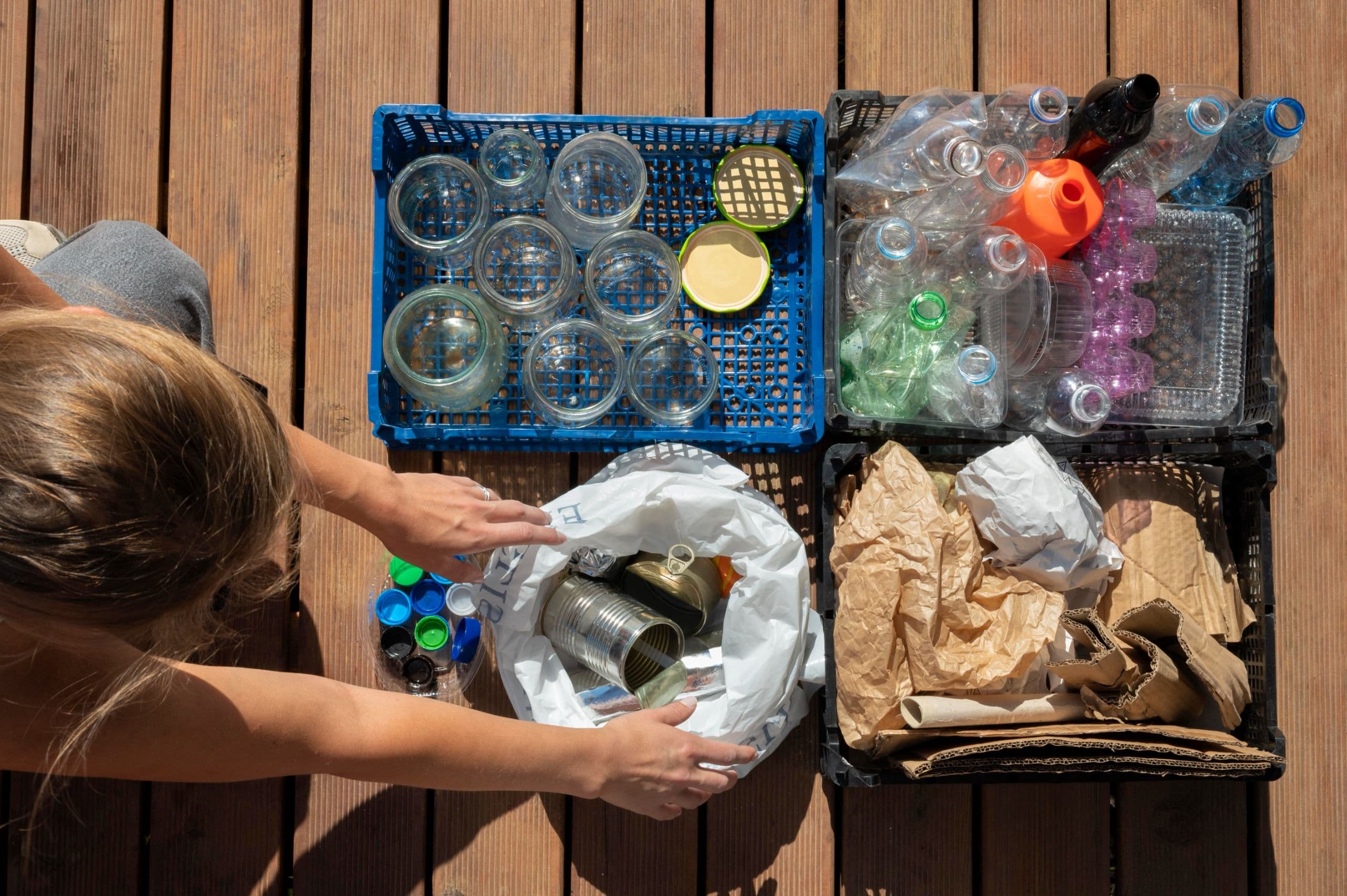
11/10/2024
Circular Economy: why do we recycle so little?
Recycling is the most well-known and talked-about "R" in the Circular Economy. Check out the article by Isabela Bonatto, ambassador of the Circular Movement, on the challenges and opportunities of this process in Brazil.
By Isabela Bonatto, ambassador of the Circular Movement
Saying that recycling is difficult is not pleasant. We should avoid using the word "difficult" when talking about solutions that favor the Circular Economy and environmental protection. On the other hand, when something isn't working as expected, it’s common to identify challenges and recognize that the process may not be easy in order to find solutions. Recycling faces this paradox. So, should we tell the truth to the world? Show the low percentages of material reuse? Or simply encourage and say we are on the right track?
Data is essential for debating scenarios and seeking improvements, but not for discrediting the process. There’s no denying that recycling is a fundamental link in the Circular Economy. Through it, we recover raw materials, generate new inputs, reduce the extraction of virgin resources, and minimize environmental impacts, while also contributing to the mitigation of greenhouse gas emissions. Recycling should be encouraged, valued, and seen as a key piece in sustainable waste management—since it remains essential for circularity.
However, there are many challenges to increasing the percentage of recycled materials in Brazil—and worldwide. And while it may not be the first item in the waste management hierarchy, it’s crucial to recognize its benefits. We also need to understand bottlenecks in certain segments or materials because when presenting negative numbers without proper explanation, we risk creating a false diagnosis that prevents a more serious discussion between the public sector and society.
Therefore, let’s look at current data that, although not very motivating, helps us better understand why recycling is not yet a complete success and thus seek the right solutions.

Recycling Numbers
In Brazil, although there is no official consensus among different research sources, it’s estimated that only 4% to 9% of discarded materials are recycled. Unfortunately, Latin America and Africa are the regions that recycle the least in the world, with rates around 4%, while the global average is 13.5%. Most of the waste still goes to a “nowhere” that doesn’t exist. Curiously, countries with similar development and income levels to Brazil, like Chile, Argentina, South Africa, and Turkey, show recycling rates around 16%. So, where are we failing?
Compared to developed countries, the gap is even larger. In Germany, for example, recycling reaches
almost 70%, being the largest recycler in the European Union, with an estimated rate of 69.1% in 2022. In the EU, eight countries recycle more than 50% of their municipal waste, while others, like Cyprus, Romania, and Malta, report rates below 20%.

What Impacts Recycling?
Brazil has great potential to increase its recycling rates, but several factors contribute to the stagnation. Among them:
- Structural issues and proper selective collection: Despite existing initiatives, less than 20% of Brazil’s population has access to effective selective collection. There’s a lack of planning and infrastructure in municipalities to ensure that these materials return to the production cycle.
- Awareness: Although the waste debate has grown, we are still far from the ideal. Few cities seriously address the issue, and many people have never taken the time to separate their waste or reflect on the trash they generate. Investment in education is lacking, and many citizens are unaware that they could or should separate their waste.
- Public and private policies: Few actions are aimed at regulation, oversight, education, and partnerships related to solid waste management.
- Incentives and taxes: For example, collection companies are paid based on the weight of material delivered to landfills, discouraging pre-sorting and, consequently, selective collection. Additionally, Brazil's tax system burdens recycling, unlike other countries that subsidize this practice. Recycled materials are taxed more heavily than virgin materials, making the final product more expensive.
- Costs of selective collection: Selective collection is at least four times more expensive and depends on infrastructure, municipal investment, and public participation.
- Valuing waste pickers: In Brazil, 90% of recycled materials are collected by waste pickers, who total more than 1 million. They are poorly compensated, receiving only for the material sold, which leads them to focus on higher-value materials, while others that could be recycled are left behind.
- Challenges with packaging and design: Many materials are poorly formulated or designed in ways that make recycling difficult. The packaging industry is not yet fully aligned with the recycling chain. Currently, we also see a movement toward new 'green, eco-friendly, sustainable, biodegradable' materials, etc. But material substitution should not be the focus, as it won’t solve the recycling and supply chain issues—it could even worsen them. If the efficiency of old chains is compromised, imagine new materials that don’t even have established markets.
These are just some of the obstacles that undermine recycling's success. But despite the challenges, the good news is that there are solutions for each of these problems. It’s necessary to promote practices that make recycling more competitive compared to virgin raw materials and foster mechanisms that value industries that consume recycled materials.
Technological advancements can also make collection and sorting processes more efficient. Moreover, the growing appreciation for the circular economy opens doors for new businesses and innovations, bringing new perspectives to recycling.
Even with all the difficulties that recycling still faces, it is essential to recognize and value the tireless work of those on the frontlines, whether collecting, processing, researching, or developing new solutions. Each advance, no matter how small it may seem, contributes to building a more efficient and sustainable system. The transition to a Circular Economy depends on the collective effort of governments, businesses, society, and individuals. It’s inspiring to know that there are people committed to transforming this reality, and that together, we can overcome the obstacles and create a more conscious, innovative, and environmentally responsible future.

